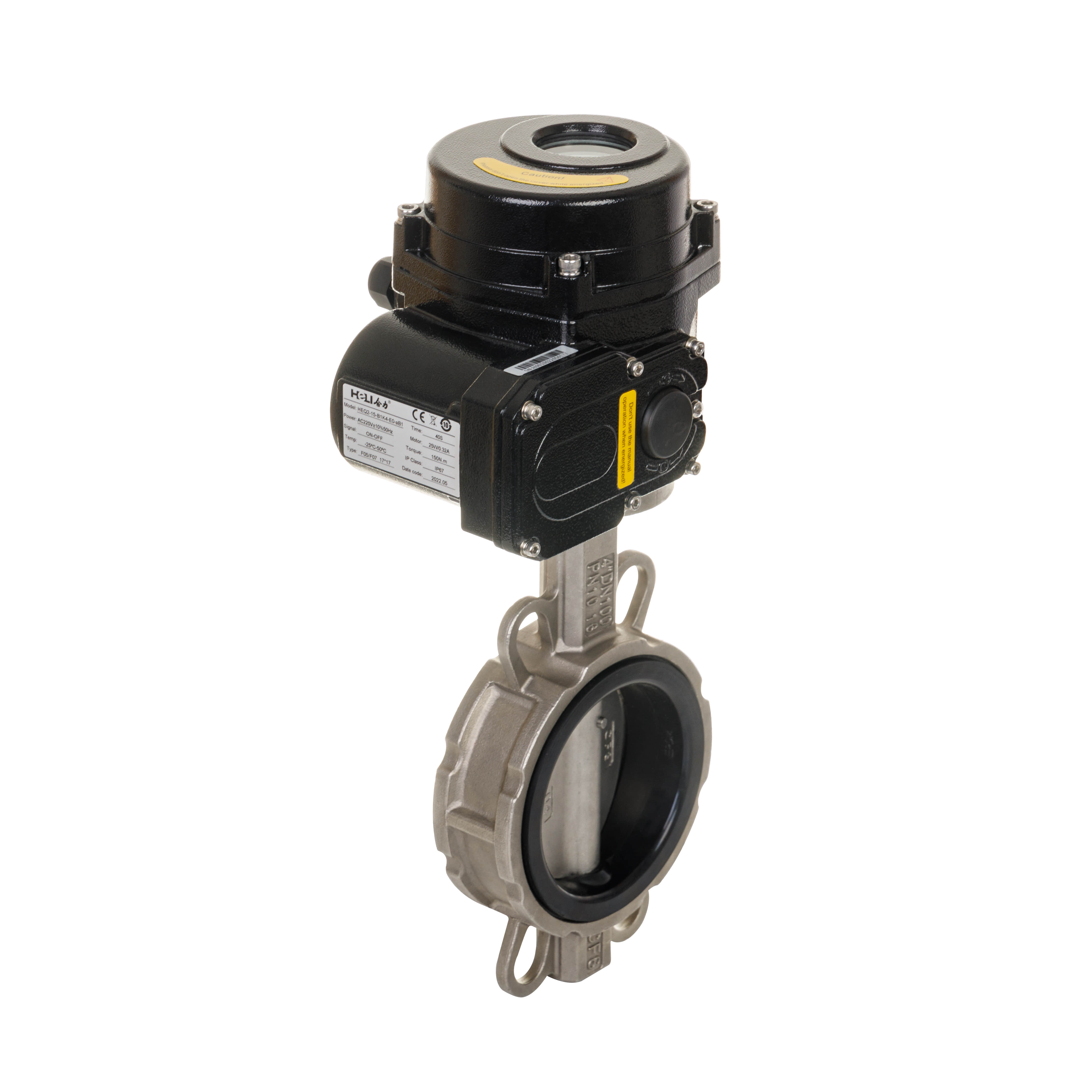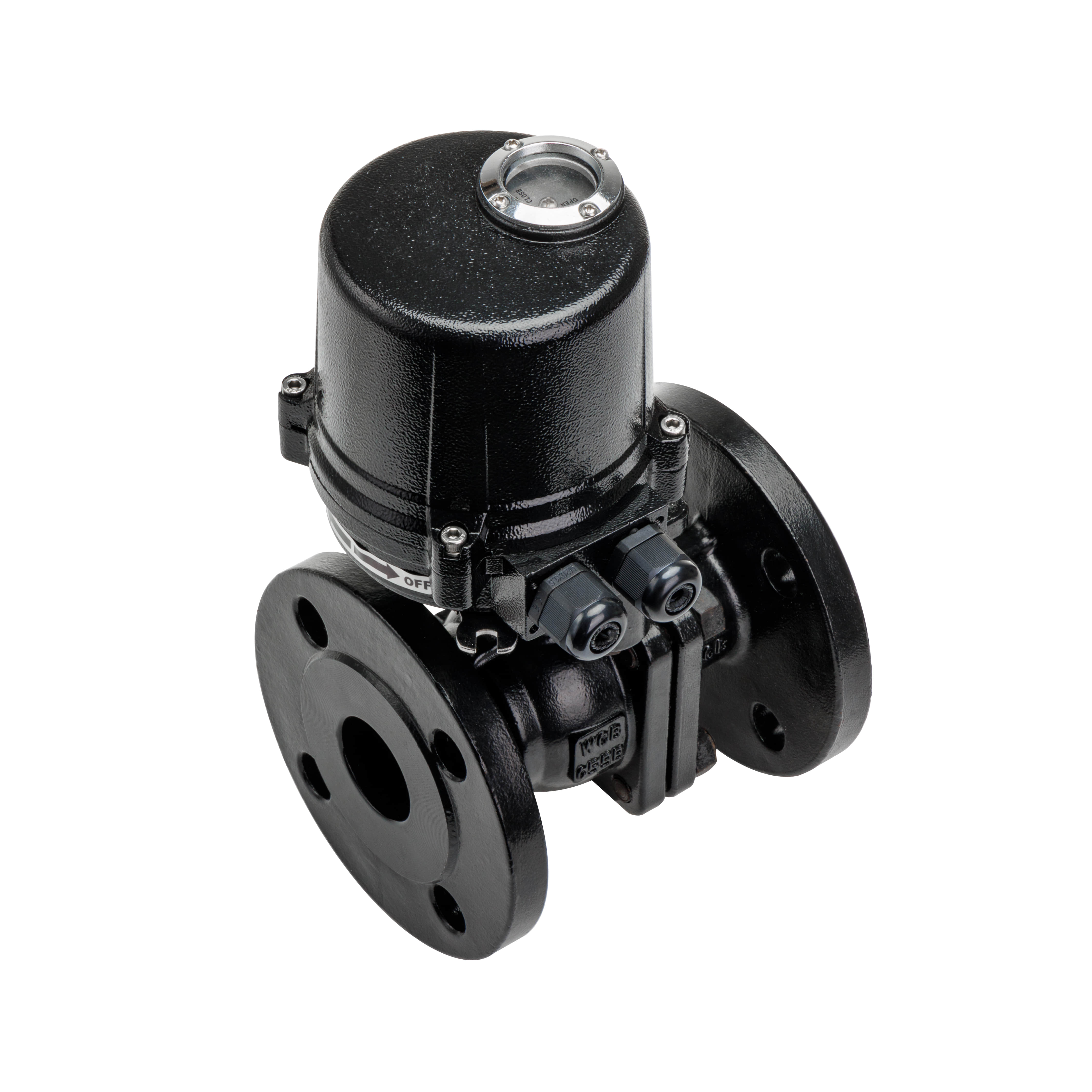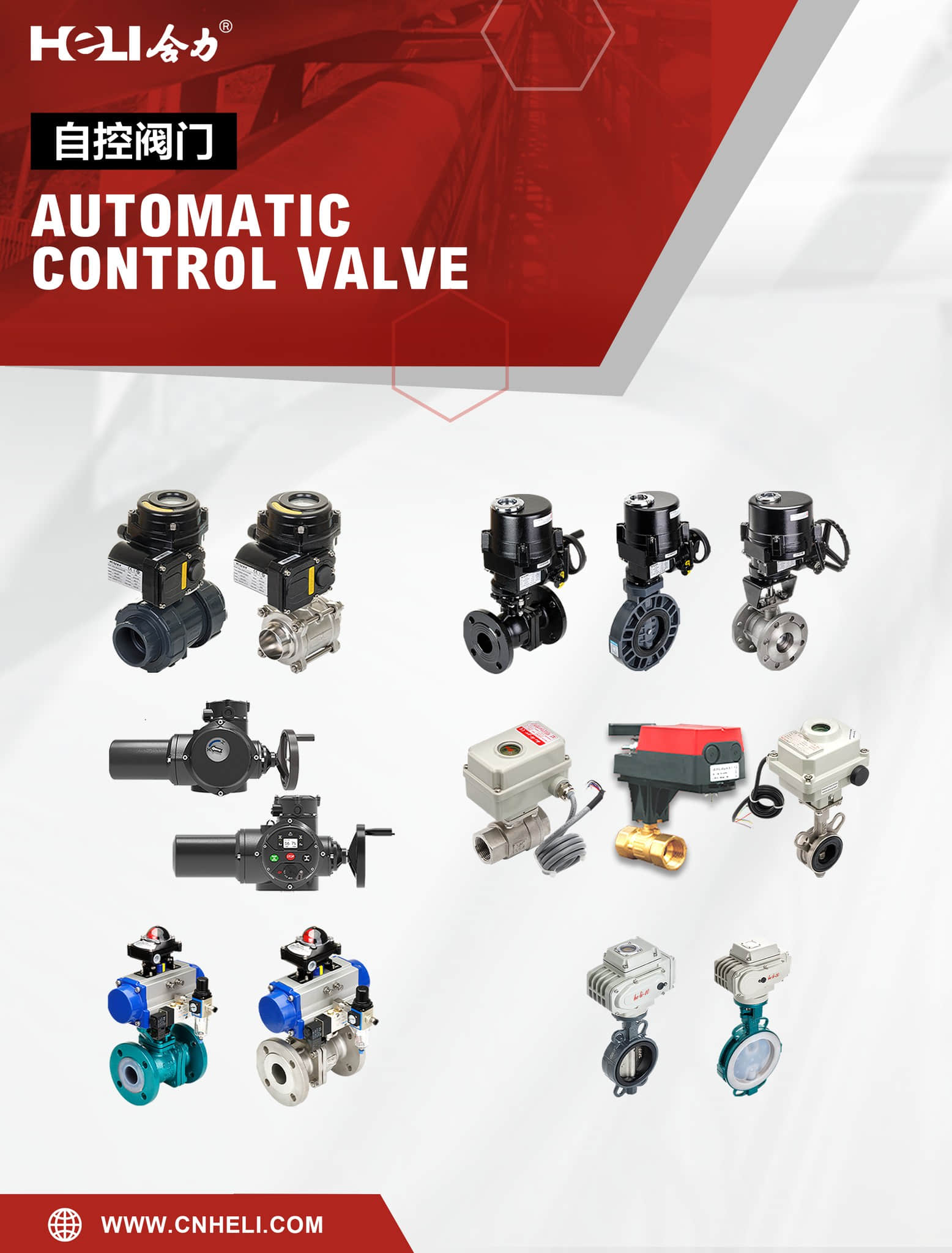understanding electric valves: mechanisms, applications, and benefits
Release time:2024-09-25 21:50:06
Electric valves, also known as motorized or electrically actuated valves, are integral components in modern industrial and residential systems. They control the flow of fluids or gases within a system using an electric actuator, which can significantly enhance the efficiency, safety, and automation of various processes. This article explores the mechanisms, applications, and benefits of electric valves, providing a comprehensive overview of their role in contemporary systems.

Mechanisms of Electric Valves

Electric valves operate by integrating an electric actuator with a valve body. The electric actuator is a device that converts electrical energy into mechanical motion. When a control signal is sent to the actuator, it drives a mechanism—typically a motor—that moves the valve’s internal components to open, close, or modulate the flow of fluid or gas. There are several types of electric actuators used in electric valves, including:




